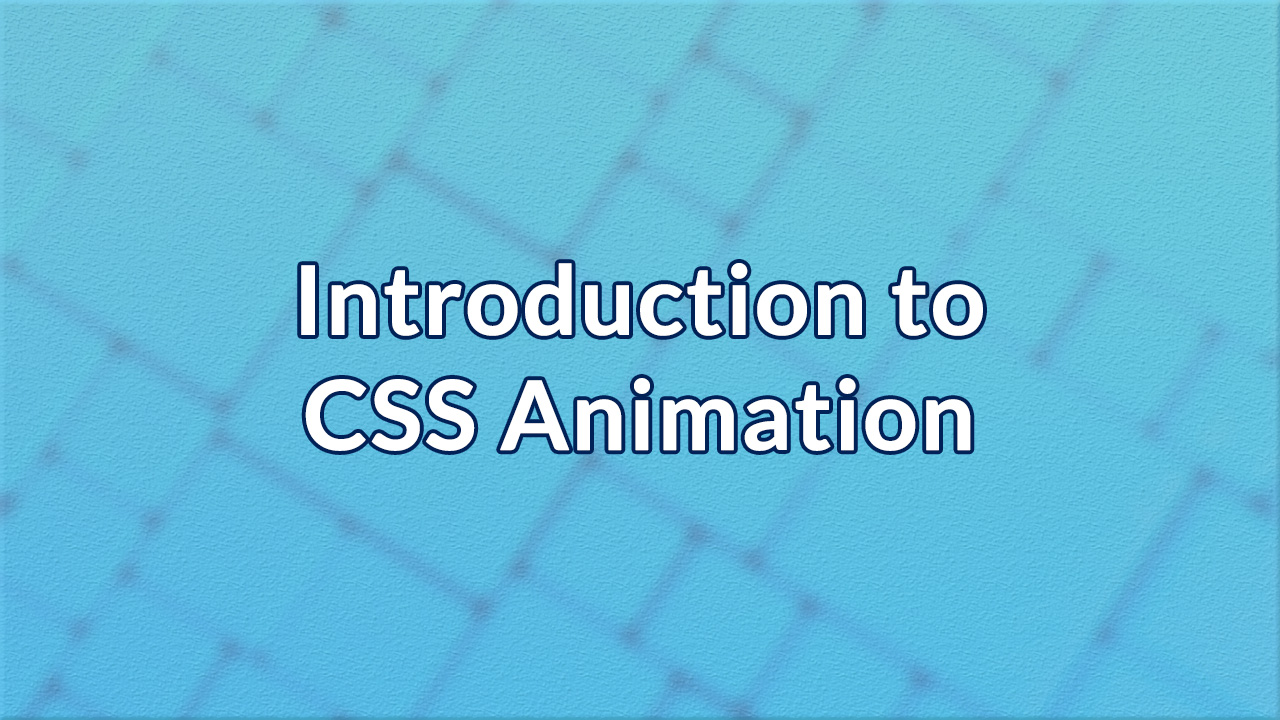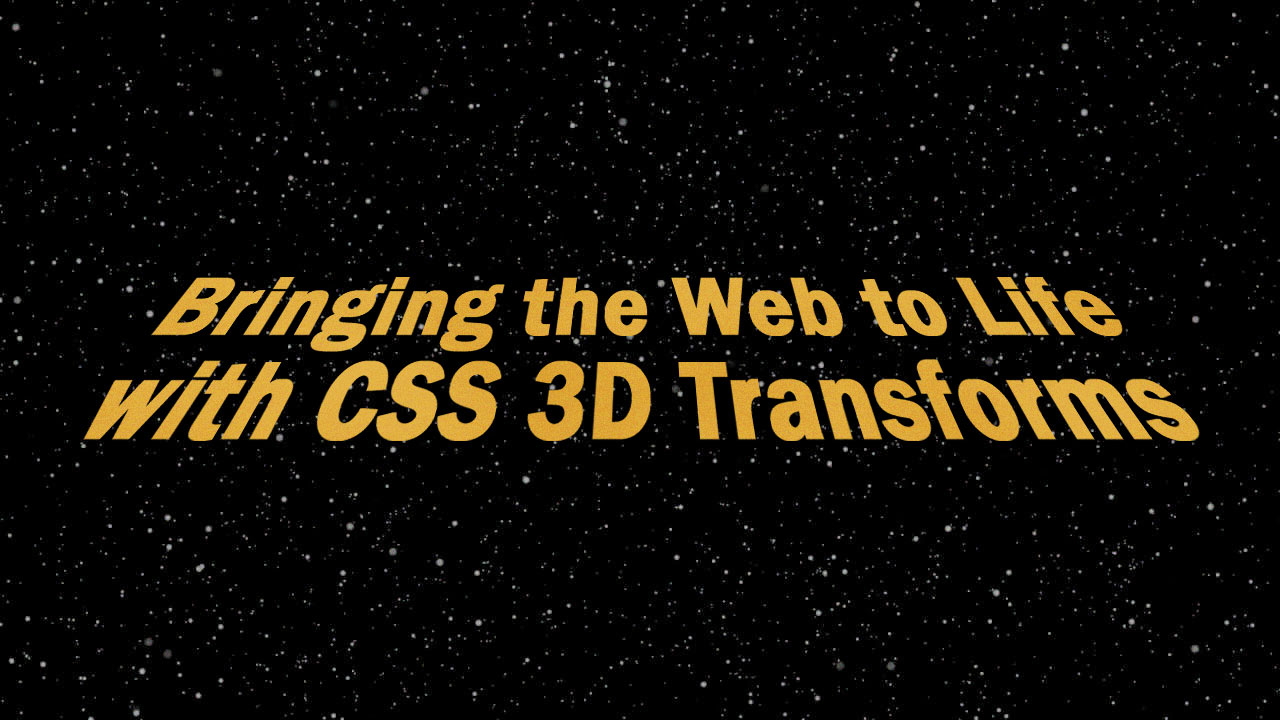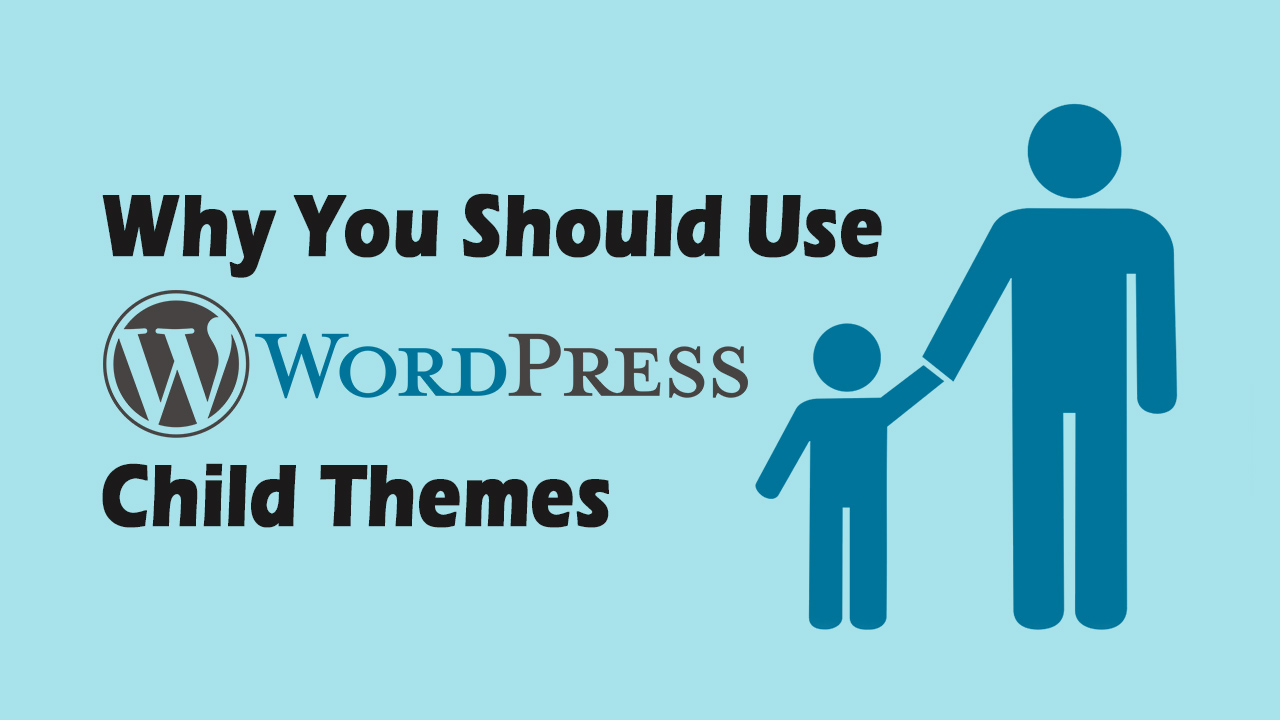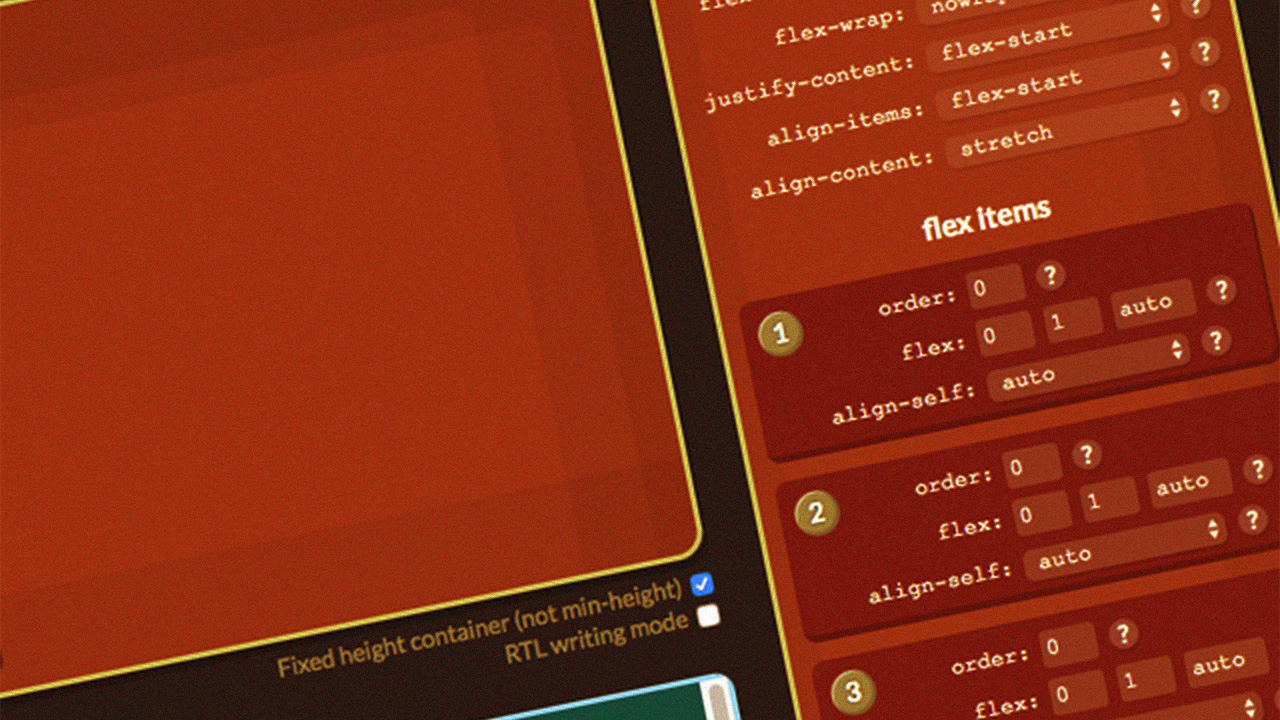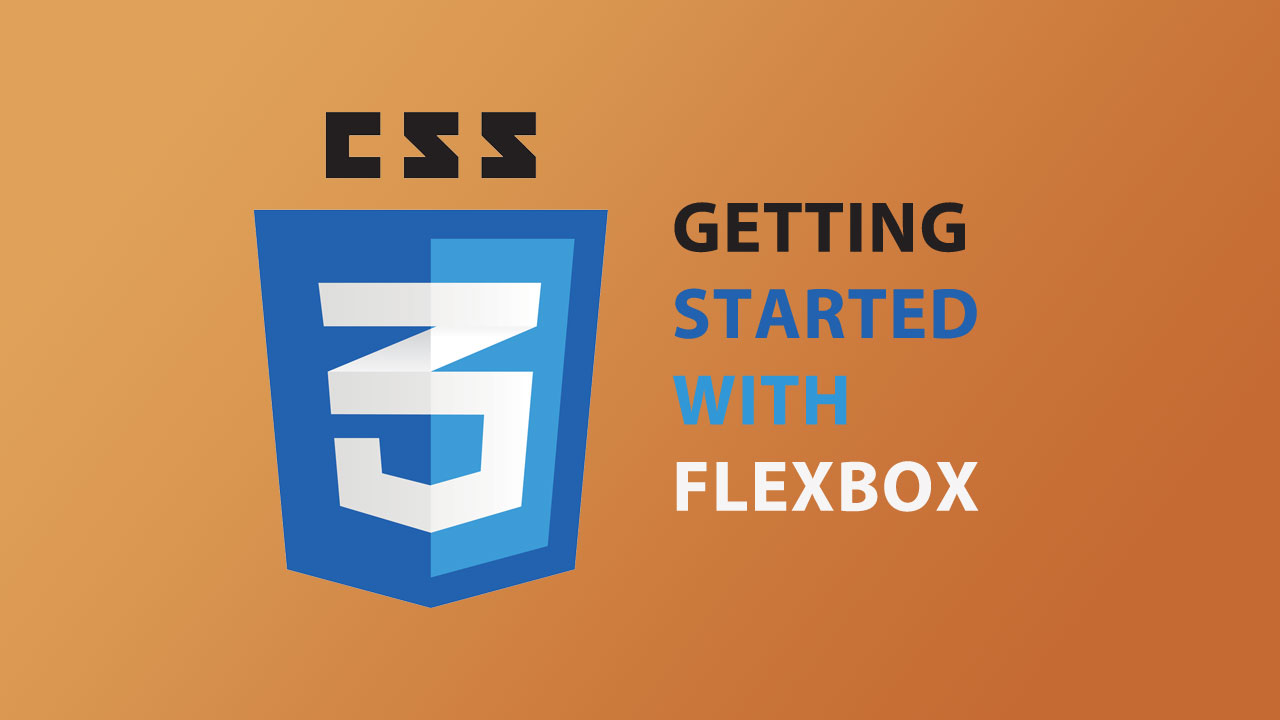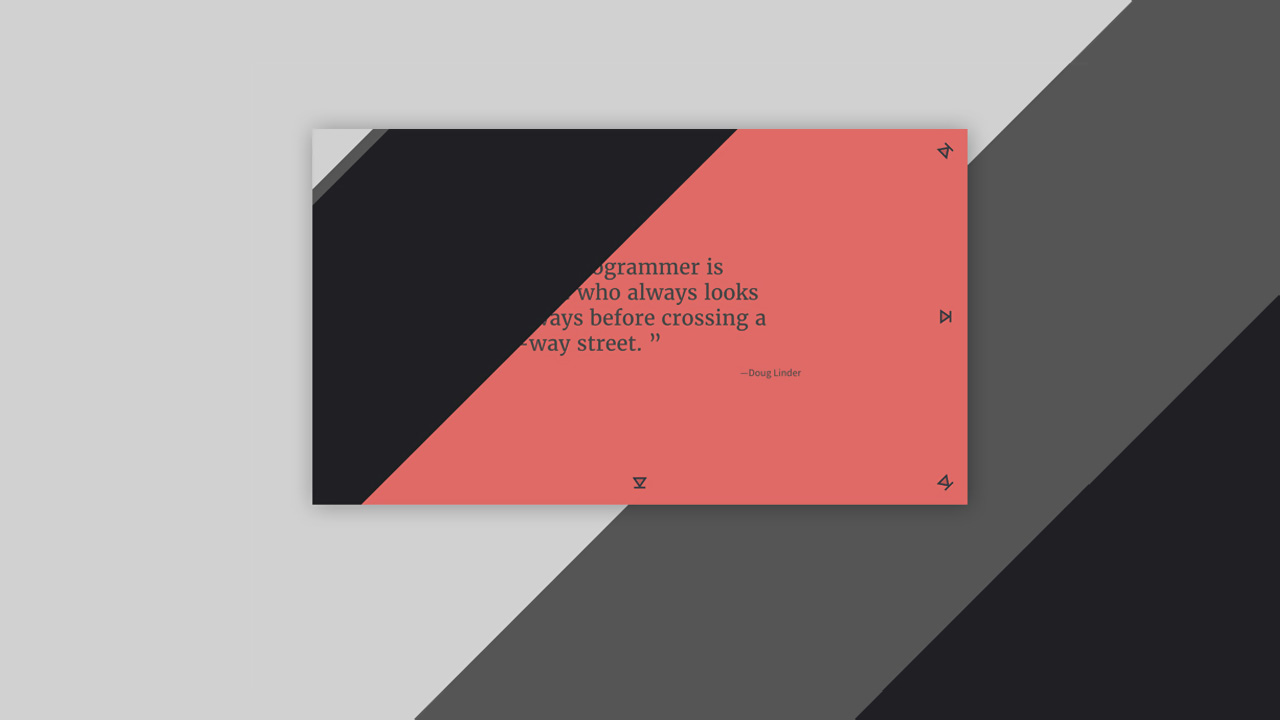When it comes to web development, there are two common used methods for creating animations on the web; CSS and JavaScript. While both can be used to achieve the same results, you have to consider the purpose of the animation beforehand. The most widely used on the web is JavaScript. This is because it has a greater degree of element control for animations. CSS animations on the other hand are used for simple transitions. Considering which one to use is important for optimization to ensure a website loads quickly without bugs occurring.
All posts filed under “CSS”
All the CSS-related tutorials, ideas and various posts in Stampede Constructs
Getting Started with Material Design Lite
By know you’ve probably been accustomed to Google’s material design. It is used rigorously in Google’s own products, its visual design impact can be seen in products outside of the Google ecosystem. More and more web designers have adopted the core design principles of material design and front-end developers have started following suit to accommodate this step in web design evolution.
Bringing the Web to Life with CSS 3D Transforms
CSS 3D uses the transform property to rotate, scale, move and skew an element to give it a three-dimensional effect. In the past, Flash and WebGL were commonly used as solutions for creating 3D models on websites but that has since changed. CSS 3D has been gaining momentum over the past few years but hasn’t seen much implementation on websites. This is probably because it is non-essential for what a website needs to offer. However, this doesn’t mean 3D using CSS is bad, but rather its potential hasn’t been fully realized.
Why You Should Use WordPress Child Themes
Developing websites using WordPress can be a blast due to its strong developer community and tons of free resources to pick & choose. When it comes to design, there are a ton of themes that are readily available. Some of these themes are free while others purchasable for a small fee.
Latest CSS Libraries, Frameworks and Tools (2016 Edition)
In 10 October 1994, Håkon Wium Lie first introduced CSS. At the time, he was working with Tim Berners-Lee at CERN. Several other style sheet languages for the web were proposed around the same time, and discussions on public mailing lists and inside World Wide Web Consortium resulted in the first W3C CSS Recommendation being released in 1996.
CSS Code Generators for Web Developers
Nowadays, styling webpages with CSS is not just about adding color or background for the elements. It is more complex than that. Classes such as text shadow, border radius, gradient, animate are some of which are not ordinary. To achieve that, you will need longer code. Also, different browsers use different code. If done manually, it will be waste of time.
Getting Started with Flexbox
Flexbox is a new layout method that was introduced in CSS3, made to create and control layouts using CSS. By using grids (flex container), it allows you to modify the width or height of child elements to dynamically fill available spaces in the best way possible. It is highly valuable when developing for different screen sizes.
Multi-Layer Page Reveal Effects
Animation is important in today’s trend as it brings the sense of interaction between the users and the website or application. Be it simple or complicated, the least you should have is a hover effect on the buttons of your website.
You may have spotted some cool effects seen on websites such as Nation or Keep Portland Weird, where two or more layers of overlays are animated across the page to reveal underlying content.
Read More
CSS Property Value Syntax
A Quick Look at Web Layouts
Pixel-perfect web design is something we take seriously at Stampede. Our web designers will typically come out with three viewport variants for a single design; desktop, tablet and mobile. From there, it is up to the web developers to slice the working file PSDs so it can be used in HTML & CSS development.
 Stampede Design
Stampede Design